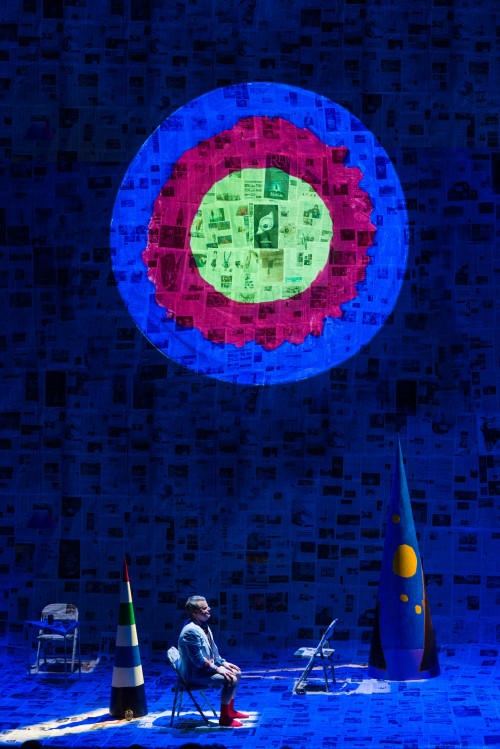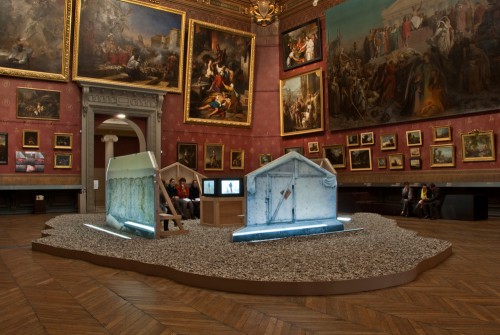“The Sundance Kid is Beautiful with Christopher Knowles” at the University of Rochester
A longtime collaborator of the artist Christopher Knowles once said, “everything Christopher knows makes sense, but not in the way we are familiar with.”[1] Indeed, Knowles’s work functions according to its own logic. Articles and prepositions propagate in excess. Single words, groups of words, and larger blocks of phrasing repeat, proliferating to a point at which the implied meaning of the language begins to unravel. This disintegration allows us to focus on the text’s material qualities—the sound and rhythm of the phrasing, the shape and color of the words on the page—rather than on its implied meaning or content. Born in 1959 in New York City, Knowles exhibited a fascination with the aural elements of language at an early age. He began writing and performing concrete poetry in his early teenage years, and recorded these works, which are composed of spoken dialogue that often repeats and overlaps, using multiple cassette tape recorders simultaneously. Knowles began to perform publicly in 1973 after meeting the renowned theater director and artist Robert Wilson, who had been introduced to …


